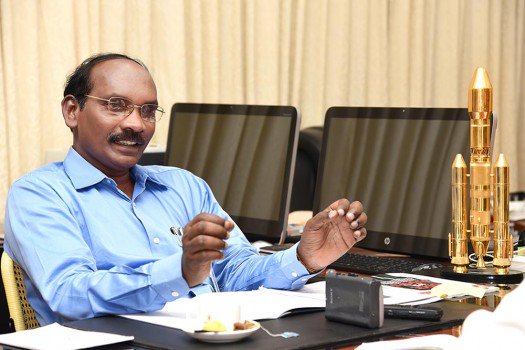After the success of the first mission, the Indian Space Research Organisation is all geared up for the second mission to the moon. There were delays and postponements and finally ISRO confirmed the news and dates of the mission.
The space agency on Wednesday confirmed that India’s second moon mission ‘Chandrayaan 2’ will be launched on July 15 at 2.51 am.

ISRO chairman Dr K Sivan said that Chandrayaan-2 will carry as many as 13 scientific satellites with it and weighs about 3.8 tonnes.
He also added that Chandrayaan-2 will land on the moon in early September.
“The day we are going to land is either September 6 or September 7, that day happens to be the beginning of a lunar day. For one full lunar day, the lander and rover will be functioning and carry out scientific experiments,” he added.
Chandrayaan-2 will start exploring a region of moon, where no mission has ever set foot so far.
The ISRO chief added that the landing site which is about 70 degrees south latitude, is the southernmost for any mission so far. No other country has tried this before.
“The cost of Chandrayaan II Mission, mainly the satellite portion, including the support from foreign agencies as well as for navigation purpose, is Rs. 603 crore,” he said.
Dr K Sivan said that it will be set off using Geosynchronous Satellite Launch Vehicle Mark III (GSLV Mk III).
Chandrayaan-II comprises an orbiter, a lander and a rover together known as “composite body”. The overall mass of Chandrayaan 2 system is 3.8 ton and out of 3.8 ton, nearly 1.3 ton is the propeller.
“Within 15 minutes GSLV Mk III will inject the composite body in the extrinsic orbit,” he added.
During the next 16 days, there will be 5 burns using propellants and said that the trans-lunar burn will be a significant maneuver as it will put the trajectory of the composite body towards the moon.
ISRO originally planned for a lunar mission in January- February. Nonetheless, it was later rescheduled to March-April window.
Later, it was set for May-July in the wake of damages suffered to the lander during preliminary tests.











